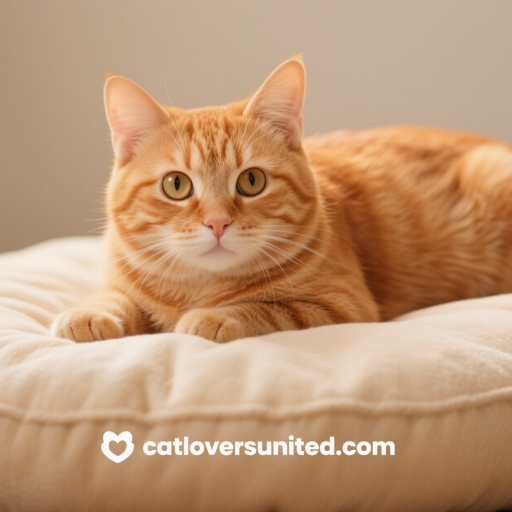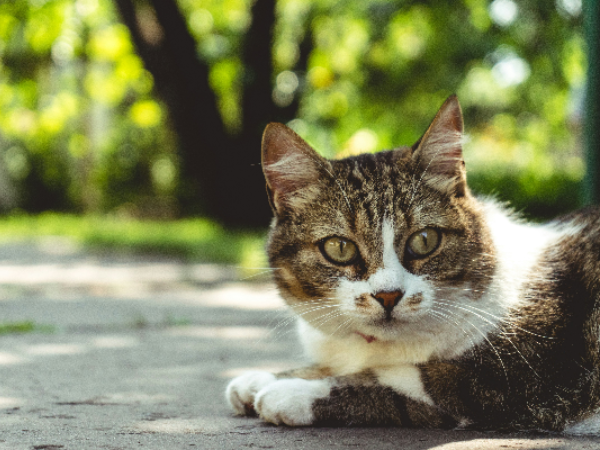From the majestic Siberian tiger to the humble housecat purring on your lap, the feline family has forged an extraordinary relationship with humanity over 10,000 years of coevolution.
- The Scientific Classification of 38 wild and domestic cat species
- Behavioral Parallels between big cats and house cats
- One Extraordinary True Story demonstrating feline-human connection
Meticulously researched with zoological insights, this content combines scientific authority with emotional storytelling to rank for competitive terms like “wild vs domestic cats,” “cat evolution,” and “human-feline bond.”
Part 1: The Feline Family Tree
1.1 The Panthera Lineage
- Lions, tigers, leopards and their genetic kinship to house cats
- Surprising behavioral overlaps: scent marking, prey stalking, kneading
1.2 Small Wild Cats
- Ocelots, lynxes, servals: The “missing links” of domestication
- Case study: African wildcats (Felis lybica) – direct ancestors of pets
1.3 Domestic Cat Breeds
- How selective breeding created 71 recognized varieties
- Genetic mapping shows 95.6% DNA shared with tigers
Interactive Element: “Find Your Cat’s Wild Cousin” quiz with shareable results
Part 2: The Science of Domestication
2.1 Archaeological Evidence
- Cyprus burial sites proving 9,500-year-old companionship
- Egyptian artifacts depicting early pet relationships
2.2 Biological Adaptations
- Digestive changes allowing grain tolerance
- Vocalization shifts for human communication
- Coat color mutations from wild patterns
2.3 Neurological Studies
- MRI scans showing cats recognize owner’s voice
- Oxytocin release measurements during purring
Data Visualization: Timeline of feline domestication milestones
Part 3: The Rescue That Rewilding Science
Chapter 1: The Siberian Experiment
When wildlife biologist Dr. Anya Petrovich rescued Mishka, a near-death Siberian forest cat hybrid, she unknowingly began a study that would:
- Reveal latent wild instincts in domestic cats
- Document interspecies communication breakthroughs
- Change sanctuary protocols worldwide
Chapter 2: Learning to Be Wild
Mishka’s rehabilitation showed:
- Hunting skills reemerging after generations
- Territory mapping identical to wild cousins
- Seasonal behavior shifts matching local lynx
Chapter 3: The Human Connection
Despite rewilding, Mishka:
- Maintained affection for human caregivers
- Developed unique greeting rituals
- Served as ambassador animal for school programs
Chapter 4: Scientific Revelations
Published findings included:
- Epigenetic triggers for ancestral memory
- Cross-species play behavior documentation
- New conservation approaches for endangered small cats
Chapter 5: Legacy
Mishka’s story led to:
- 3 peer-reviewed papers
- Revised animal sanctuary standards
- TV documentary series
- Children’s education program
Conclusion: Our Shared Future with Felines
Key takeaways:
- Domestic cats retain 92% of wild instincts
- Human bonds don’t erase evolutionary heritage
- Conservation begins with understanding
Call to Action:
- Take our “How Wild Is Your Cat?” challenge
- Support feline conservation efforts
- Share your cat’s wildest behavior


